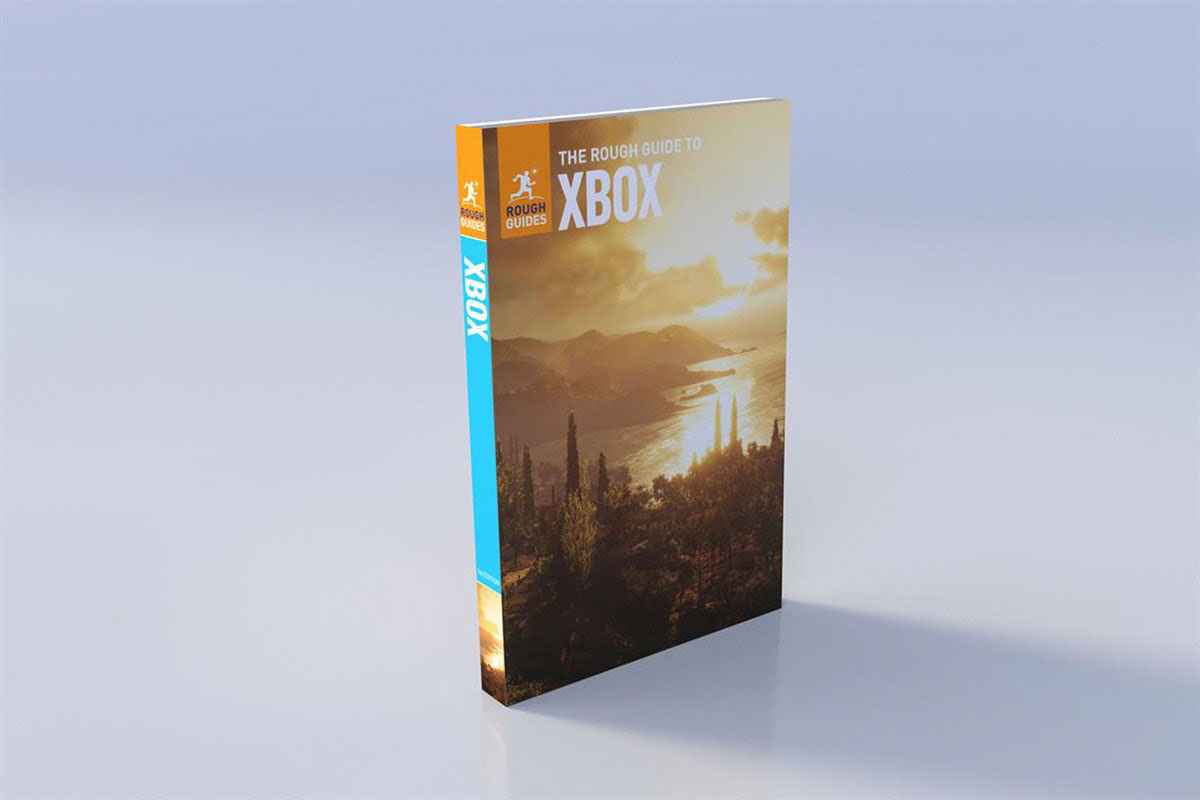35 anni con Windows

A 35 anni dall'uscita di Windows 1.0, The Verge ripercorre tra alti e bassi la rivoluzione del PC targata Microsoft.
La rivoluzione del PC è iniziata 35 anni fa questa settimana. Microsoft ha lanciato la sua prima versione di Windows il 20 novembre 1985, per succedere a MS-DOS. È stata una pietra miliare enorme che ha aperto la strada alle versioni moderne di Windows che usiamo ancora oggi. Sebbene Windows 10 non assomigli per niente a Windows 1.0, mantiene ancora molte delle sue idee originali come le barre di scorrimento, i menu a discesa, le icone, le finestre di dialogo e le app come Blocco note e MS Paint.
Windows 1.0 preparava anche il terreno per il mouse. Se utilizzavi MS-DOS, potevi solo digitare i comandi, ma con Windows 1.0 potevi prendere il mouse e usarlo per muoverti tra le finestre, puntando e facendo clic. Accanto al Macintosh, il mouse ha cambiato completamente il modo in cui i consumatori potevano interagire coi computer.




